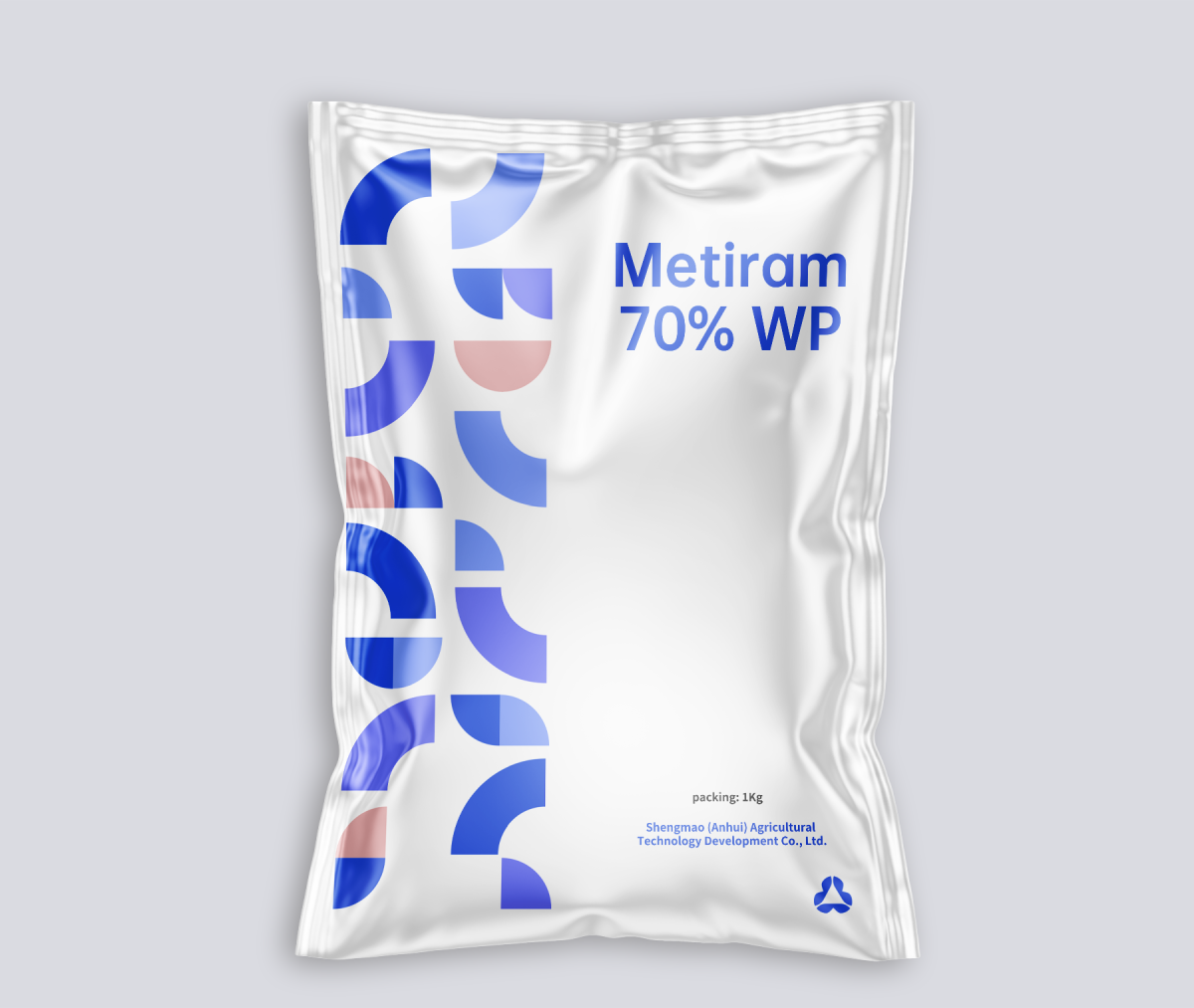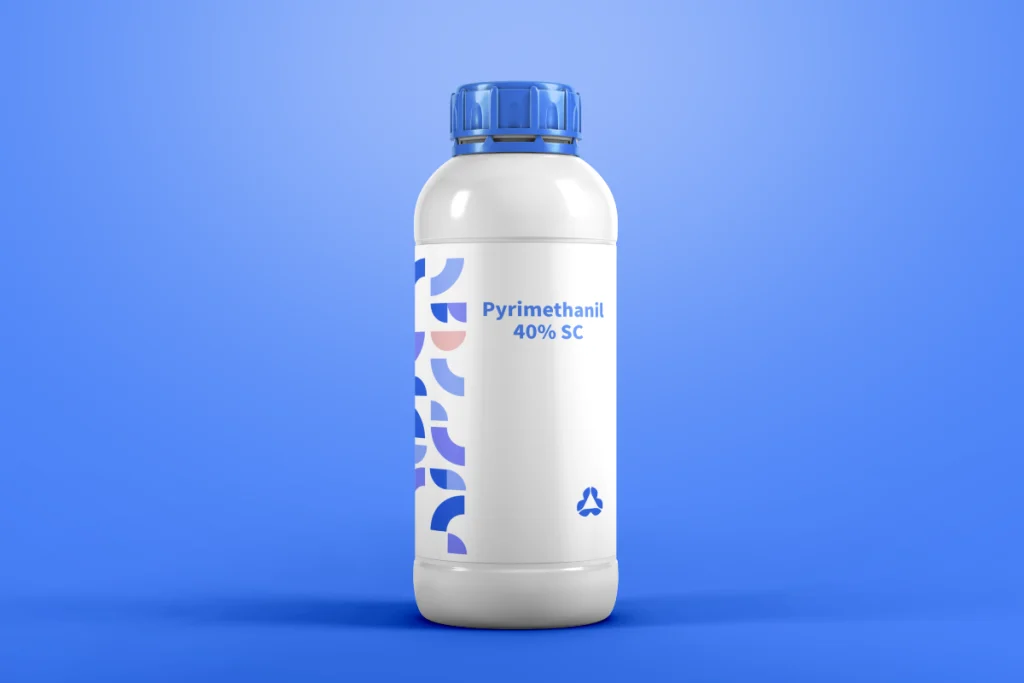Product Overview
- Active Ingredient: Metiram
- CAS Number: 9006-42-2
- Classification: Non-systemic contact fungicide belonging to the dithiocarbamate family (similar to Mancozeb)
- Primary Use: Preventive control of fungal diseases in fruits, vegetables, cereals, and ornamentals by forming a protective barrier on plant surfaces.




